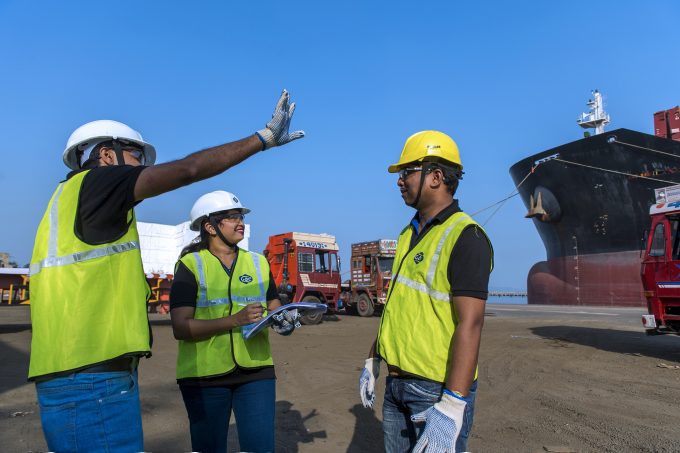India unveils 'top-five shipbuilder' ambition as Xi slams 'de-Chinafication'
Just hours after Indian prime minister Narendra Modi laid out India’s ambition to become a ...

India is one of the fastest-growing economies in the world, with a projected annual GDP growth of 7.5% in 2017-18. The country’s growth is underpinned by sea transport, which accounts for more than 90% of India’s international trade by volume and 70% by value.
Historically, multinational ...
Four crew members still missing as Wan Hai 503 continues to burn
Predatory rivals circle as the ripples from DSV's Schenker buy widen
Explosions and 'out-of-control' fire reported on Wan Hai box ship
MSC Elsa crew face criminal probe, as Wan Hai 503 firefighters battle on
Latest Israeli attack on Iran a threat to box ships in Straits of Hormuz
'It's driving us mad', say forwarders as US court fails to end tariff turmoil
Transpacific rates ease as capacity boost proves too much for trades to digest

Comment on this article
R.GOPIKRISHNAN
June 27, 2017 at 2:47 amGST – related to Goods & Service Tax Levy/waiver in India for the subsidies of product which impact economic. Basic impact on price to be seen on transport which is the most vital source of the economic for that” FUEL”
Petrol & Diesel Prices are not brought under GST. Now for petrol and diesel the central excise duty is 23% and state VAT is 34% . Total tax is 57%. If these essential products are brought under GST. The maximum tax will be only 28%. which means the price of the petrol and diesel can come down almost 50%. Public at large will be benefited.